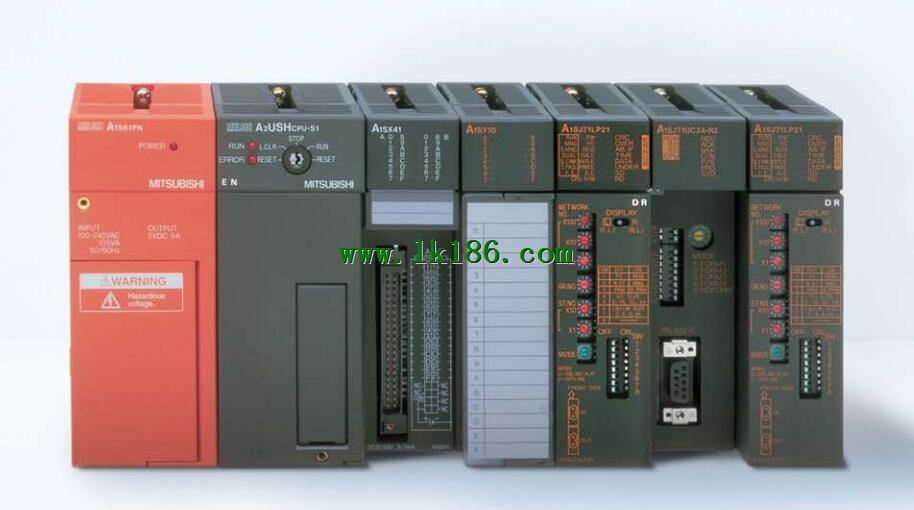MITSUBISHI A1SD62D-S1 High speed counting module MITSUBISHI A1SD62D-S1

I/O slots: 8 slots.
Outline dimension: 430*130.
CPU basic board can be plugged into 1 power modules,
1 CPU components and a maximum of 2, 3, 5, or 8 single slot size special function components and I/O components are respectively inserted and arranged.
Expansion ports are arranged on both sides of the base plate,
For connecting the expansion board for A1SD62D-SS1.
Up to 3 extension substrates.
2 channels.
200/10kpps.
Count input signal: RS-422-A (gap dynamic appearance of rye).
External input: RS-422-A (gap dynamic appearance rye) A1SD62D-S1.
Compare output: transistor DC12/24V, 0.5A/1 point, 2A/1 common.
20 point terminal station.
Structured text language is a programming language that describes a program with a structured description of the text.
It is a programming language similar to a high level language A1SD62D-S1. In large and medium
Structured text is often used to describe the relationship between the various variables in the control system based on the PLC system.
Mainly used for other programming languages more difficult to achieve the user program MITSUBISHI A1SD62D-S1.
Sequential function flow chart language is designed to satisfy the sequential logic control.
The process of sequential process action is divided into steps and transformation conditions,
According to the transfer condition, the control system is distributed in the function flow sequence,
Step by step according to the sequence of actions MITSUBISHI A1SD62D-S1.
Each step represents a control function, represented by the box.
In the box, the ladder logic is used to complete the task of the corresponding control function.
This programming language makes the program structure clear and easy to read and maintain,
Greatly reduce the programming workload, shorten the programming and debugging time MITSUBISHI A1SD62D-S1.
Used in the system of the size of the school, procedures for more complex occasions.
Sequence function flow chart programming language features: to function as the main line, in accordance with the functional flow of the order of distribution, clear, easy to understand the user program,
Avoid the defect of ladder diagram or other languages,
At the same time, the use of ladder language to avoid the use of ladder programming,
Due to the complicated mechanical interlock, the structure of the user program is complex and difficult to understand,
User program scan time is also greatly reduced. Output points: 16 points.
Output voltage and current: DC24V/AC240V, 2A/1 point, 8A/1 common end.
Output response time: 12ms.
8 point /1 a public side.
Output form: relay output.
40 point terminal station.
MITSUBISHI PLC protection and chain procedures.
Protection and chain is an indispensable part of the program, must be carefully considered.
It can avoid the control logic confusion caused by illegal operations.
MITSUBISHI PLC initialization procedure. After MITSUBISHI PLC on power, the general need to do some of the initial operation,
In order to start making necessary preparations, to avoid the wrong operation of the system.
The main contents of the initialization program are: to some data area, counter and so on,
Data needed to restore some of the data area,
Set or reset some relays,
For some initial state display, etc..
MITSUBISHI PLC program simulation debugging
The basic idea of program simulation debugging is,
In order to facilitate the form of simulation to generate the actual statee of the scene,
Create the necessary environmental conditions for the operation of the program A1SD62D-S1.
Depending on the way the field signals are generated,
The simulation debugging has two forms of hardware simulation and software simulation.
